Quck answer
Arctic animals are those that live in the polar regions of the Earth, where temperatures can be extremely cold. These animals have adapted to survive in these harsh conditions and include species such as polar bears, Arctic foxes, walruses, and narwhals. Pictures of these animals can be found online, in books, and in wildlife photography exhibits. These images capture the beauty and uniqueness of these animals and help to raise awareness about the importance of protecting their habitats. By viewing these pictures, people can learn more about Arctic animals and the challenges they face in a changing climate.
Fascinating Facts about Arctic Animals
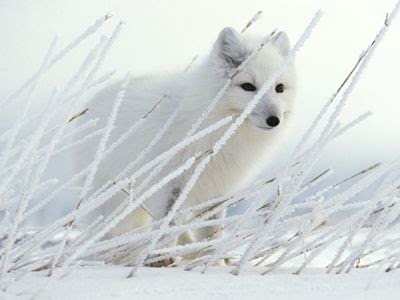
Paul Nicklen/Getty Images
Arctic foxes have the largest litter size among all foxes, usually consisting of 6 to 12 young, and sometimes even as many as 20. After this, check out a Pagophilus groenlandicus.
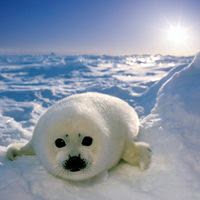
Dale Wilson/Getty Images
Harp seals can reach a length of about 6 feet (1.8 meters) and weigh around 400 pounds (181 kilograms). Next, see a large arctic creature that is also known as “sea cow” or “sea horse.”
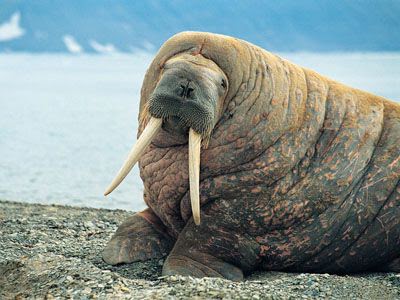
Joel Simon/Getty Images
Walruses are protected from the cold by a thick layer of fat known as blubber, and by their thick, wrinkled, almost hairless skin. After this, view two arctic hares in a fight.

Art Wolfe/Getty Images
Arctic hares primarily feed on woody plants, but they also consume other things like moss and seaweed. They inhabit the tundra of Canada, Greenland, and some arctic islands. Discover the largest member of the deer family next.
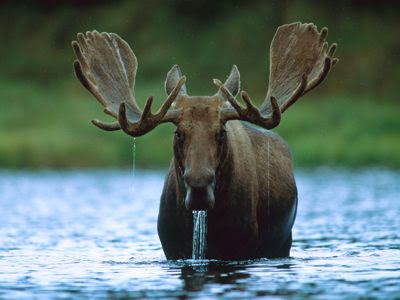
Tim Fitzharris/Getty Images
Moose shed their antlers every winter, and new ones grow in the spring, reaching their full growth by late summer. Next up is an animal that can weigh up to 1,600 pounds (726 kilograms).

Sue Flood/The Image Bank/Getty Images
Polar bears’ whiteness, ferocity, and sheer size make them symbols of purity and power. After this, see an animal that travels more than 500,000 migration miles (804,672 kilometers) during its lifetime.

Michael Quinton/Getty Images
The arctic tern is famous for its long migratory flight. After breeding near the North Pole, it migrates to Antarctic regions where it spends the winter, covering a distance of about 22,000 miles (35,406 kilometers) round trip. Next, view a wintry canine.

Tom Vezo/Getty Images
The white fur of the arctic wolf blends in with the snowy background, making it difficult for its prey to spot it. After this, see the arctic animal also known as reindeer.
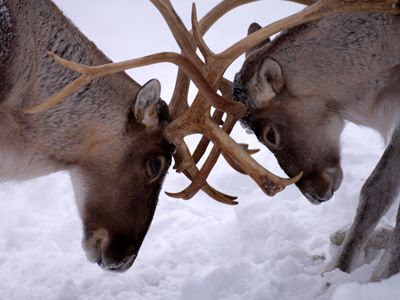
Peter Lilja/Getty Images
Except for the musk ox, the caribou ranges farther north than any other hoofed animal. After this, witness a showdown between a polar bear and a walrus.

BBC/DCL
Polar bears can consume up to 100 pounds (45 kilograms) of blubber in a single meal. However, this polar bear looks a little outnumbered. After this, see a bird also known as the sea parrot.

Michael Melford/Getty Images
The puffin is sometimes referred to as the sea parrot due to its large, triangular beak, marked with red and yellow during the breeding season. Spot a “true sheep” next.

Chris Johns/Getty Images
The Dall sheep is usually white, although gray individuals are occasionally found. Look for a Nyctea scandiaca next.

Winfried Wisniewski/Foto Natura/Getty Images
These snowy owlets will grow to be 20 to 27 inches (51 to 69 centimeters) long. After this, see an adult snowy owl.
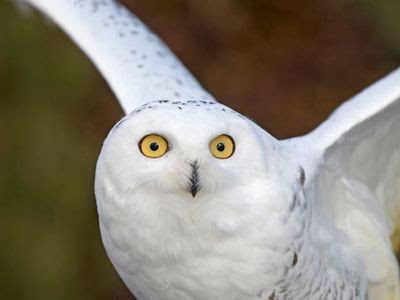
kelly Funk/Getty Images
Snowy owls are as white as the snow in their arctic habitat. Due to their color and silent flight, prey may not notice or hear these owls coming. After this, see a jumping orca.
The killer whale’s coloring is an effective camouflage when hunting in the ocean. Next, the article introduces the musk oxen, which are named after the musky odor coming from their fur. They huddle together for protection during blizzards and are important for food and clothing for Eskimos. The narwhal, known for its tusk, was once believed to be a unicorn. Ermine fur, once reserved for royalty, was used as a symbol of purity and honor. Lemmings lie flat on the ground during snowfalls to stay warm. The wolverine is a powerful animal for its size. Male and female walruses live in separate herds during their lifetimes. Finally, belugas are white and are sometimes called the white whale due to their color.
FAQ
1. What are some common arctic animals?
There are many different types of animals that live in the Arctic region, including polar bears, Arctic foxes, walruses, beluga whales, and narwhals. These animals have adapted to the harsh, cold climate and often have unique features that help them survive in this environment.
2. How do arctic animals survive in such a harsh environment?
Arctic animals have a variety of adaptations that help them survive in the extreme conditions of the Arctic. For example, polar bears have thick fur and a layer of blubber that keeps them warm, while Arctic foxes have thick fur that changes color with the seasons to help them blend in with their surroundings. Many Arctic animals also have specialized diets that allow them to find food in a region where resources can be scarce.
3. What is the biggest arctic animal?
The biggest arctic animal is the polar bear, which can weigh up to 1,500 pounds and stand over 10 feet tall on its hind legs. These massive predators are perfectly adapted to life on the ice, where they hunt for seals and other prey.
4. What is the smallest arctic animal?
The smallest arctic animal is the Arctic shrew, which is only a few inches long. Despite its small size, this tiny mammal is a fierce predator, feeding on insects and other small animals that it finds in the tundra.
5. How do arctic animals migrate?
Arctic animals have adapted to the extreme conditions of their environment in many ways, including through migration. Some animals, such as caribou, migrate long distances in search of food and better conditions. Other animals, such as polar bears, may move from one area to another depending on the availability of food.
6. What are some unique arctic animal adaptations?
Arctic animals have a variety of unique adaptations that help them survive in their extreme environment. For example, narwhals have a long tusk that they use to break through ice and hunt for food, while Arctic foxes have fur that changes color with the seasons to help them blend in with their surroundings. Some animals, such as reindeer, have specialized hooves that allow them to walk on snow and ice without slipping.





Leave a Reply